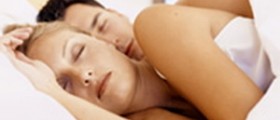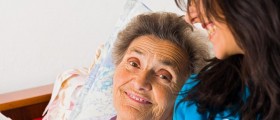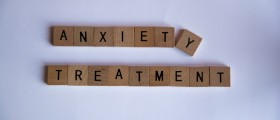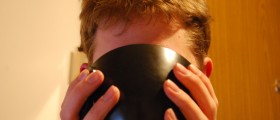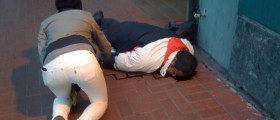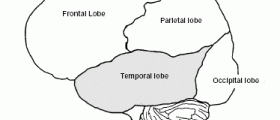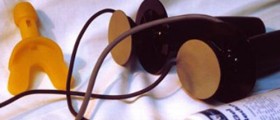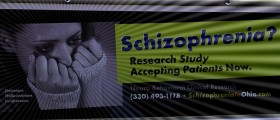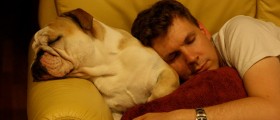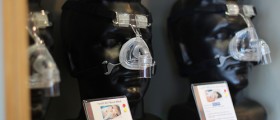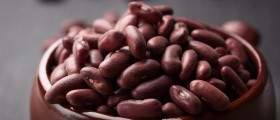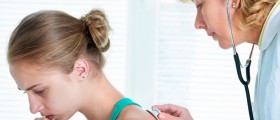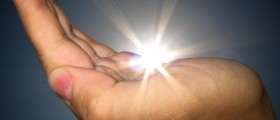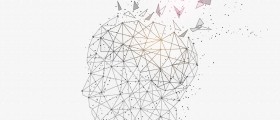The disorder where convulsions occur only when a person is sleeping is called nocturnal epilepsy. There are different types of epilepsy which are associated with nocturnal convulsions, of which epilepsy of the frontal lobe is an example.
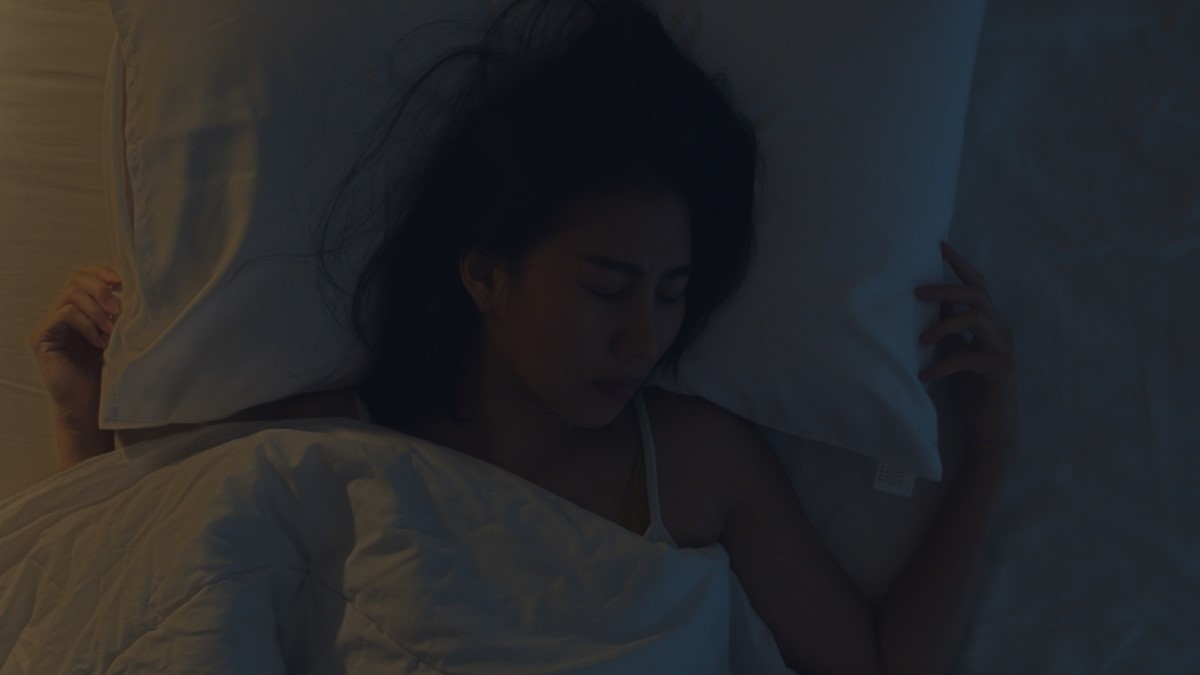
Type
Patients who suffers from nocturnal epilepsy can be categorized into two different groups. They are:
- Generalized epilepsy - where there is generalized increased electrical activity throughout the entire brain.
- Partial epilepsy - the increased electrical activity occurs in a regional or localized area of the brain. Here, convulsions can occur conversely in one part of the brain or several parts at once.
Symptoms and post-convulsion observations
Patients who experience nocturnal seizures might notice unusual issues when they wake up the following day. They may include the following:
- Headaches.
- Having bitten their tongue.
- Having accidentally wet the bed.
- Lightheadedness.
- Weakness or fatigue.
- Muscle strains.
- Sustained a joint or bone injury.
- Mental behaviors which are unusual and which are consistent with those that occur after a convulsion.
- Patients may also find that objects have been hit down or that they themselves have fallen to the ground.
Diagnosis
Nocturnal epilepsy may be difficult to diagnose since the patient may not be aware they have a seizure disorder. The diagnosis of epilepsy is made with the help of others who describe the patient's symptoms, but in this case, the involuntary movements made by the patient might not appear different from those during normal sleep.
Complications
Many risks are associated with nocturnal convulsions which may include suffocation, concussion and even a sudden, unexpected death in epilepsy (SUDEP).
Treatment
Nocturnal epilepsy is treated the same way any other form of epilepsy is, with anti-convulsant medication.
Therefore, in order to reduce the risk of convulsions in these patients, it's important that medication that doesn't affect the patient's sleeping cycle is prescribed. The medications which were tested and found to be appropriate are the following:
- Phenytoin
- Phenobarbital
- Valproate
- Carbamazepine
- Gabapentin
- Ethosuximide
- Lamotrigine
- Felbamate
- Vigabatrin
- Levitiracetam
- Topiramate
- Zonisamide
- Tiagabine
- Oxcarbazepine.
Oxcarbazepine was discovered to produce the safest effects on the patients' sleeping patterns. In another study, it was found that this medication enhances the patient's sleep continuity.
- en.wikipedia.org/wiki/Nocturnal_epilepsy
- Photo courtesy of SteadyHealth


